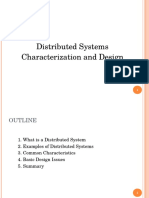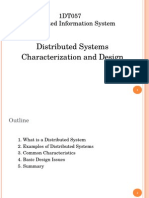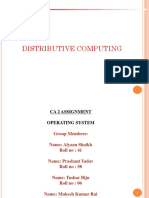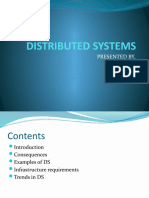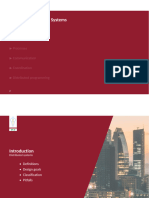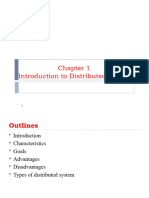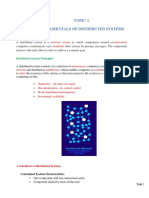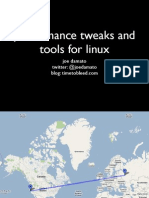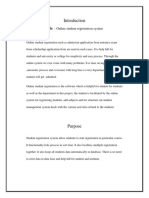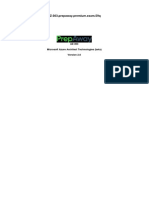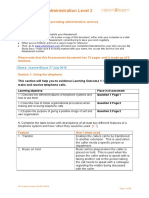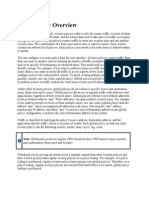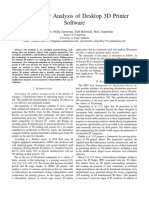0% found this document useful (0 votes)
28 views45 pagesDistributed System
The document discusses distributed systems, including their definition, types, examples, common characteristics, basic design issues, advantages, and disadvantages. Distributed systems allow components located at networked computers to communicate and coordinate their actions by passing messages.
Uploaded by
GARIMA SINGHCopyright
© © All Rights Reserved
We take content rights seriously. If you suspect this is your content, claim it here.
Available Formats
Download as PDF, TXT or read online on Scribd
0% found this document useful (0 votes)
28 views45 pagesDistributed System
The document discusses distributed systems, including their definition, types, examples, common characteristics, basic design issues, advantages, and disadvantages. Distributed systems allow components located at networked computers to communicate and coordinate their actions by passing messages.
Uploaded by
GARIMA SINGHCopyright
© © All Rights Reserved
We take content rights seriously. If you suspect this is your content, claim it here.
Available Formats
Download as PDF, TXT or read online on Scribd
/ 45







